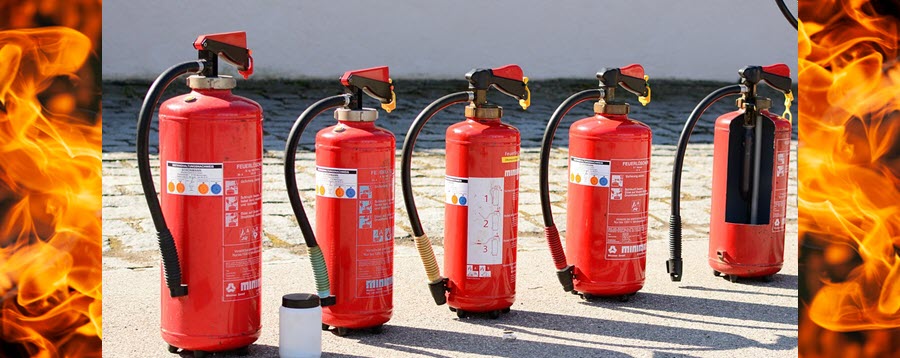
Safety Tip: Using a Fire Extinguisher

Portable fire extinguishers are commonly found in public and private buildings, but you may be surprised to learn that employers aren’t required to provide fire extinguishers for employee use. Preparation is the best way to deal with fire hazards. Fire safety training, fire hazard signs and appropriate fire extinguishers are a must. Use the information and tips below to help protect your employees, visitors and property in the event of a fire.
When to Use a Fire Extinguisher
Use a portable fire extinguisher when the fire is confined to a small area, such as a wastebasket, and is not growing; everyone has exited the building; the fire department has been called or is being called; and the room is not filled with smoke.
If the room fills with smoke, leave immediately. Fire extinguishers are one element of a fire response plan, but the primary element is safe escape. Know when to go.
How to Use a Fire Extinguisher
Most fire extinguishers can be operated using the PASS technique:
- PULL – Pull the pin. This will also break the tamper seal.
- AIM LOW – Point the extinguisher nozzle (or its horn or hose) at the base of the fire. Note: Do not touch the plastic discharge horn on a CO2 extinguisher. It gets very cold and can damage skin.
- SQUEEZE – Squeeze the handle to release the extinguishing agent.
- SWEEP – Sweep from side to side at the base of the fire until it appears to be out. Watch the area. If the fire re-ignites, repeat steps 2 – 4.
Keep your back to a clear exit when you use the device so you can make an easy escape if the fire cannot be controlled.
Employees who have the slightest doubt about their ability to fight a fire should evacuate immediately.
Fire Extinguishers – Did You Know?
- Fire needs fuel, oxygen and heat to burn. Fire extinguishers remove one of these elements so the fire will die, either by cooling the fuel or removing or displacing the oxygen around the fire.
- Employers are not required to provide portable fire extinguishers for employee use. But if you do, you must:
– Establish an educational program to familiarize workers with general principles of fire extinguisher use
– Provide hands-on training in using the equipment - The NFPA believes that children should not be trained how to operate portable fire extinguishers. Teaching children to use portable fire extinguishers runs counter to NFPA messaging to get out and stay out if there is a fire. Only adults who know how to operate portable fire extinguishers should use them
- Fire extinguishers should be installed close to an exit so the person using it has an escape route.
- Fire extinguishers should be inspected monthly for:
– Proper pressure (needle in the green area)
– Cracked, ripped or blocked hose
– Missing or unsealed handle locking pin
– Broken or wobbly handle
– Missing inspection tag
If an extinguisher fails these checks, have it serviced.
Read the instructions that come with the fire extinguisher and become familiar with its parts and operation before a fire breaks out. Local fire departments or fire equipment distributors often offer hands-on training.
Practice these safety tips to help keep people safe on your property.

